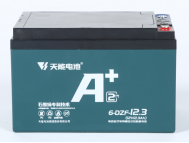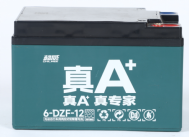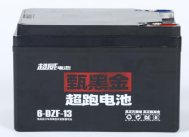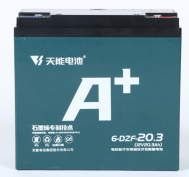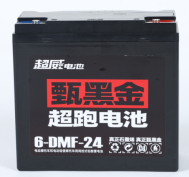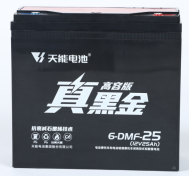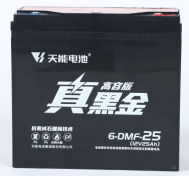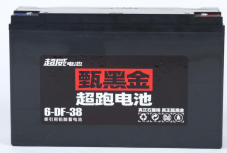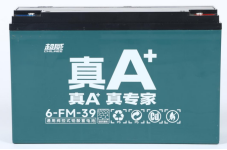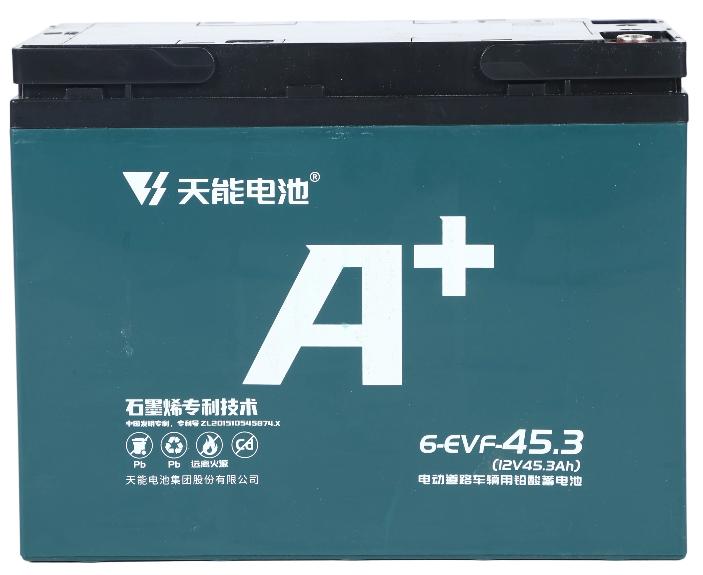Detailed Guide on Enabling and Disabling Speed Limiter for Electric Vehicles
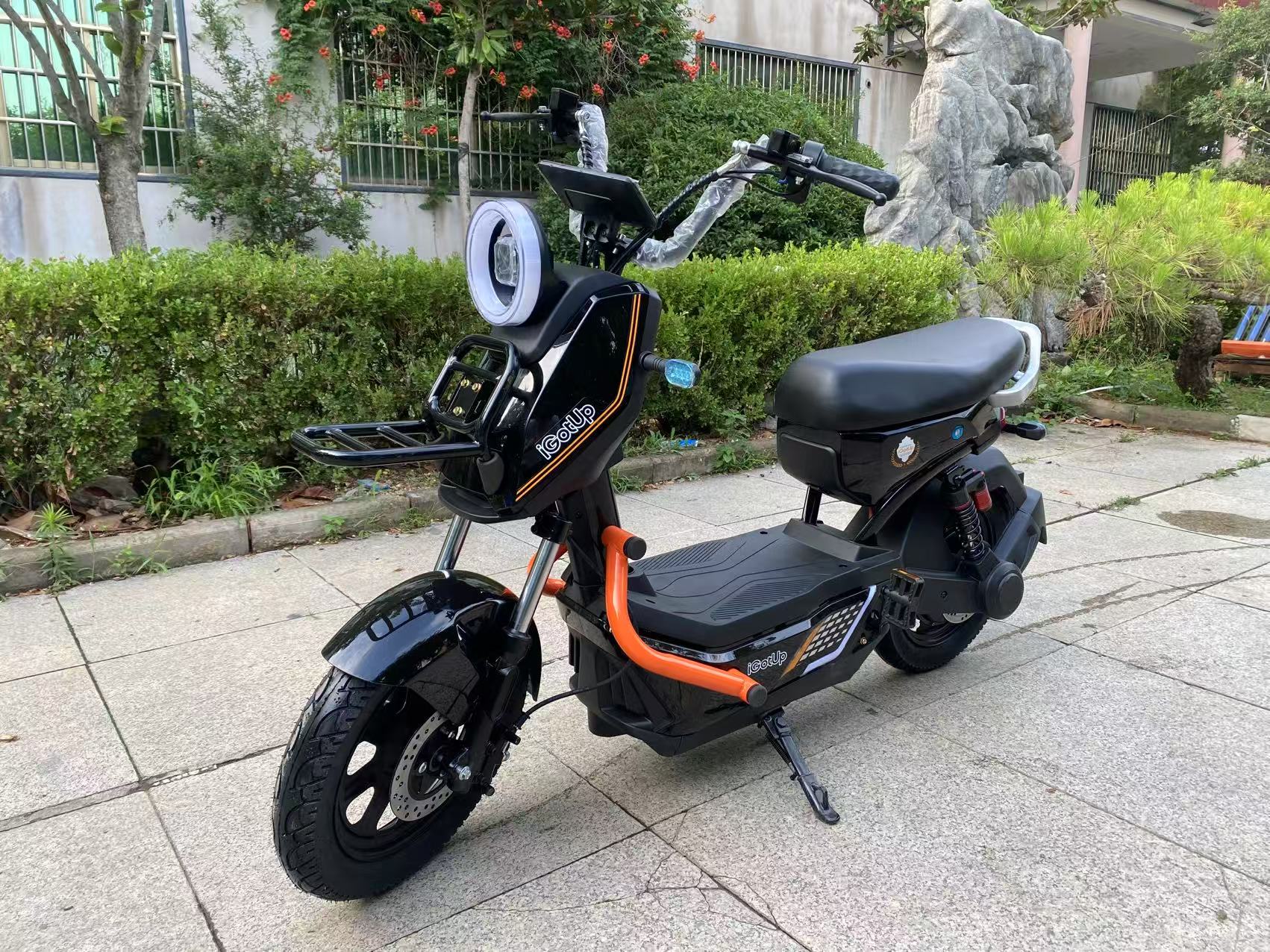
I. Basic Principle of Electric Vehicle Speed Limiter
II. Detailed Methods to Disable Speed Limiter
1️⃣ Throttle + Brake Combination Method (Suitable for Most Electric Bicycles)
2️⃣ Button Combination Method (Suitable for Models with Remote Control or Multifunctional Buttons)
3️⃣ Wire Harness Operation Method (Suitable for Electric Tricycles and Some Electric Bicycles)
III. Comparison of Speed Limiter Disabling Methods by Vehicle Type
IV. Safety and Legality Reminders
V. Practical Suggestions
Summary
Detailed Explanation of Battery Full Charging Time
Theoretical Calculation Formula
Charging Time Comparison by Battery Type
Key Factors Affecting Charging Time
1. Battery Capacity and Charging Current
2. Differences Between Battery Types
3. Remaining Battery Level
4. Impact of Ambient Temperature
5. Charging Phase Characteristics
Practical Charging Time Reference Table
Charging Recommendations
1. Lead-acid Battery
2. Lithium-ion Battery
Summary
What to Do If an Electric Vehicle Gets Waterlogged?
How to Inflate a Flat Tubeless Tire on an Electric bike
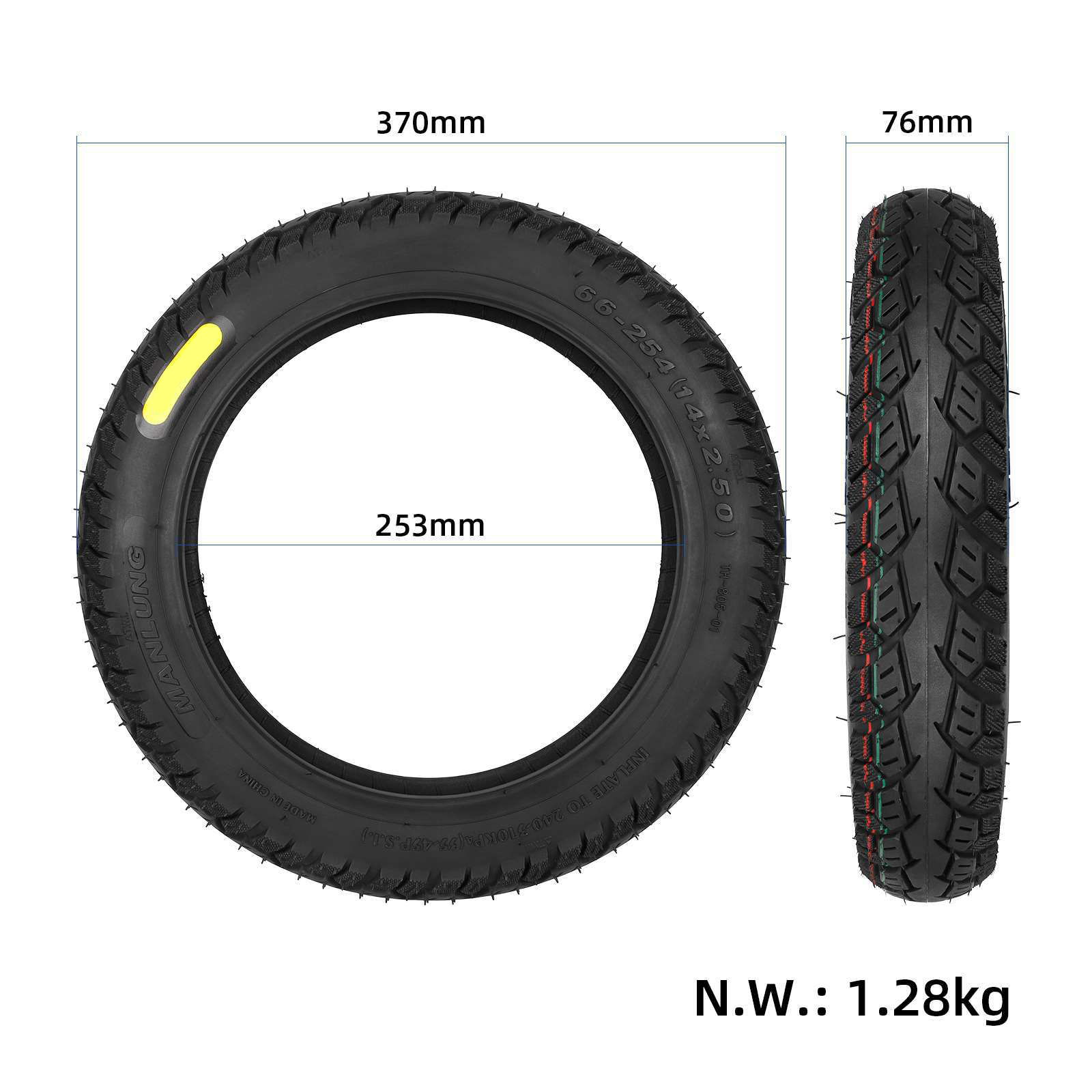
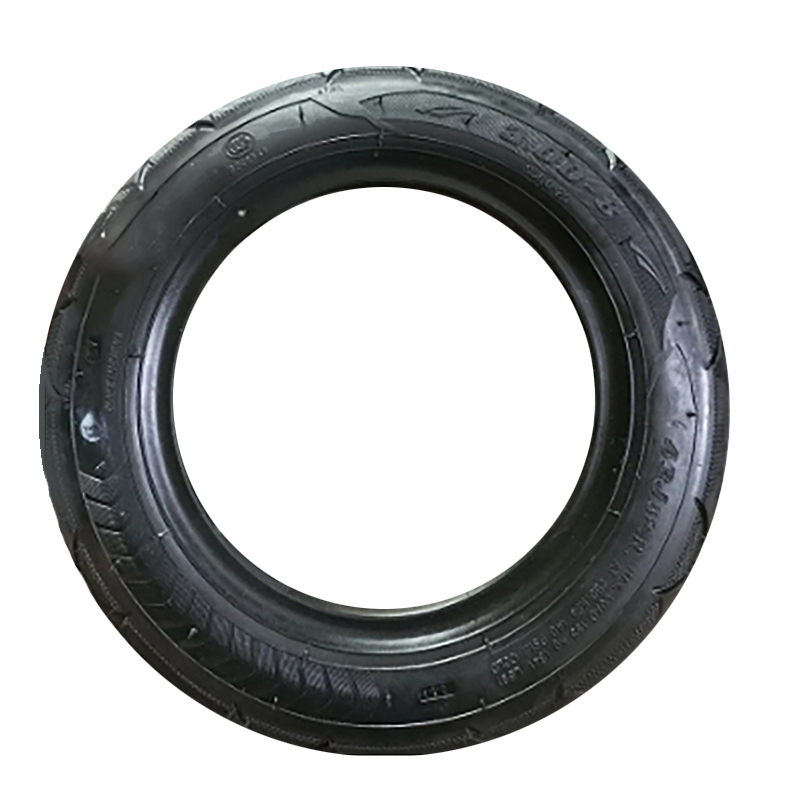
1. **Use Motor Inertia**: Prop up the electric Bike with its main stand. Turn on the ignition key, twist the throttle to the maximum to make the motor run at high speed. Once the speed builds up, squeeze the brake suddenly. Repeat this process several times. Now try inflating the tire again—this may make it easier to inflate.
2. **Seal the Gaps**: Take a few plastic bags and seal all the gaps between the tire edge and the wheel hub to prevent air from leaking out of these gaps during inflation. Then use an air pump to inflate the tire; it will inflate quickly. After the tire is inflated, remove the plastic bags and add a little more air to top it up.
3. **Elevate the Tire and Tap It**: Prop up the vehicle so that the front tire is suspended. Once suspended, use a hammer or a board to tap the tire, reducing the gap between the tire and the wheel rim. Then proceed to inflate the tire.
4. **Remove the Valve Core**: If none of the above methods work, the gap between the tire and the wheel hub may be too large, or there may be other issues. In this case, you can remove the valve core, then use an air pump to inflate the tire— the tire will slowly inflate. After it inflates, stop, reinstall the valve core, and then add more air to the tire to reach the proper pressure.
5. **Use Lubricant**: You can spray a small amount of lubricant on both sides of the tire. Then try inflating it again; this may make inflation easier. It should be noted that if a tubeless tire is flat for a long time, it may cause the tire and wheel hub to stick together or result in other damages. Before inflating, it is best to check the condition of the tire and wheel hub first to ensure safety.
The number of charge-discharge cycles of lithium-ion batteries can generally reach about 500-1000 times; some high-quality lithium-ion batteries can even achieve 1000-1200 charge-discharge cycles, with a service life typically ranging from 3 to 5 years. Currently, mainstream electric vehicles adopt lithium-ion batteries (such as ternary lithium batteries and lithium iron phosphate batteries). Compared with traditional lead-acid batteries, they have higher energy density (200-300 Wh/kg), longer lifespan (1000-2000 charge-discharge cycles), and lighter weight (only 1/3 of that of lead-acid batteries).
The number of charge-discharge cycles of lead-acid batteries is usually around 300-500 times. Specifically, low-grade lead-acid batteries have about 300-400 charge-discharge cycles and a service life of approximately 1.5 years; mid-grade graphene lead-acid batteries have around 500-600 charge-discharge cycles and a service life of 2-3 years; high-grade lead-acid batteries have about 1000 charge-discharge cycles, and it is feasible for them to be used for 3-4 years.
| Battery Type | Charge-Discharge Cycles (Times) | Service Life (Years) | Supplementary Core Advantages |
| Mainstream Lithium-Ion Batteries | 1000-2000 | 3-5 | High energy density (200-300Wh/kg), lighter weight (1/3 of lead-acid batteries) |
| High-Quality Lithium-Ion Batteries | 1000-1200 | 3-5 | Higher upper limit of charge-discharge cycles |
| Low-Grade Lead-Acid Batteries | 300-400 | 1.5 | Low cost, but shortest lifespan |
| Mid-Grade Lead-Acid Batteries (Graphene) | 500-600 | 2-3 | Longer lifespan than ordinary lead-acid batteries |
| High-Grade Lead-Acid Batteries | Approximately 1000 | 3-4 | Longest lifespan among lead-acid battery categories |
The charging time of an electric bicycle depends on several factors, including battery capacity, charger power, battery type (lead-acid/lithium-ion), and remaining battery level. The theoretical analysis is as follows:
If you have any new ideas or suggestions for our products, please feel free to contact us at any time. Welcome friends and customers to visit our company.

